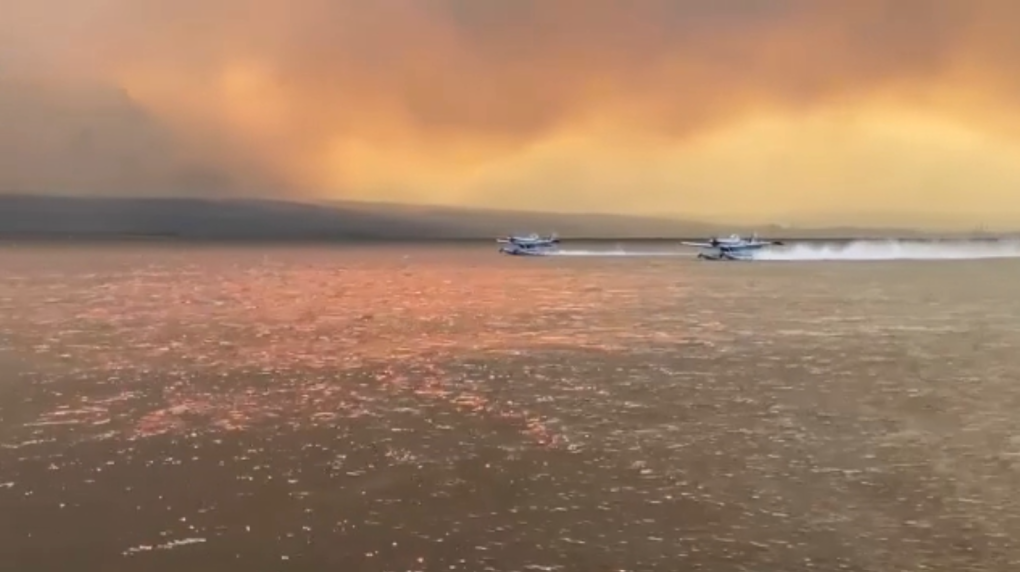Good legislation: It’s a beautiful thing
 How the government can still forcibly conscript you to fight forest fires
How the government can still forcibly conscript you to fight forest fires
More than 3,000 firefighters are already on the frontlines — and B.C. officials are scrambling to bring in more. But if the worst should happen, one of the lesser-known aspects of B.C. law is that it permits the government to forcibly conscript firefighters from the local populace.
The province’s Wildfire Act authorizes B.C.’s fire officials to “order a person who is 19 years of age or older to assist in fire control.” The person has to be “physically capable of doing so” and have skills that “can be used” to fight fires — but this technically applies to anyone who can wield a shovel or a pulaski.
The Act, passed after the record-breaking destruction of B.C.’s 2003 fire season, also allows the B.C. Wildfire Service to commandeer vehicles, equipment and even whole private businesses.
B.C. Wildfire can order any employer to redirect their staff “to carry out fire control, under an official’s direction,” with the payroll reimbursed by the province. This means that any highway crew, construction worker or logger operating within a wildfire zone can suddenly find themselves in the employ of the province working a fire line.
The conscription provisions are a throwback to a time when Canadian governments routinely fought wildfires by press-ganging local men into firefighting units. As late as the 1960s, B.C. fire crews were often recruited out of taverns or at roadblocks rounding up passing motorists.
“As a child growing up in the 60’s and 70’s, I can remember that when a forest fire started, people were stopped on the highways, given a shovel and put to work,” reads a 2020 letter to the news site Castanet by Okanagan resident Cindy Nixdorf.
The famed British neurologist Oliver Sacks took a roadtrip through B.C. in 1960, and in a letter to his parents described being forcibly enlisted as a wildland firefighter.
“A sort of martial law exists, and the forest commission can conscript anyone they feel is suitable,” wrote Sacks, who described a day of “dragging hoses to and fro” with “other bewildered conscripts.”
The memoirist Barry Cotton similarly recounts a 1949 wedding in Vancouver being derailed because the best man was “press-ganged into fighting a forest fire.” With the press-ganging occurring in a region without telephone contact, the best man’s fate wasn’t known for several days.
How the government can still forcibly conscript you to fight forest fires



